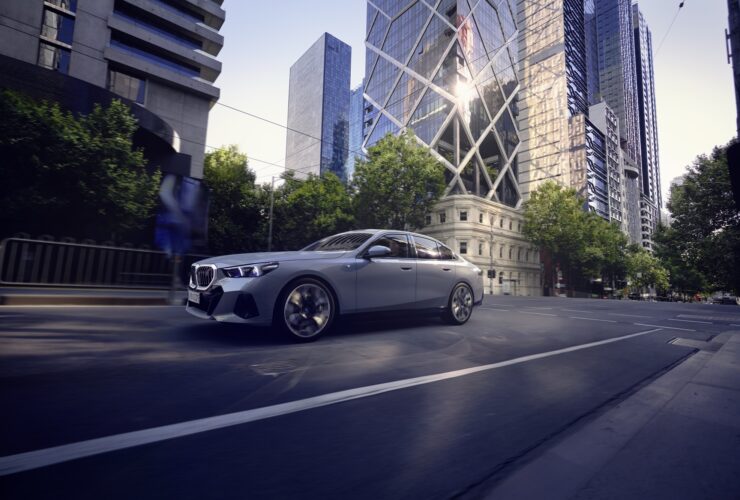Have you heard of The Road to Zero but aren’t quite sure what it is and what it means for your business?
We decided to give you a complete breakdown of what it is, why it is needed, and how it affects your company’s fleet.
So, to begin:
What is the Road to Zero?
The Road to Zero is a UK Government document outlining the plan for zero-emission roads. Its goal is to end new conventional petrol or diesel vehicle sales by 2040. Following this, almost all vehicles on the roads will be low-emission by 2050.
As part of this objective, the government plans to increase the sales of low-emission cars to 70%, or at least 50%, of total new car sales by 2030. Similarly, the target for low-emission vans is up to 40% of new van sales.
As such, there is no preferred technology for low-emission vehicles but electric and hybrid vehicles are already becoming quite popular.
Why do we need such a strategy?
Climate change is a big issue for our times. One of the biggest culprits for this is the emission from vehicles that burn fossil fuels.
The problem?
Traditional vehicles are so pervasive that to eliminate them from the roads will need some major changes.
The replacement zero-emission vehicles have completely different infrastructure needs from conventional vehicles. This will take time to set up.
Also, existing automobile owners can’t be expected to just replace their vehicles. It is an expensive proposition, especially for company fleets.
Hence The Road to Zero.
The strategy lays out the plan that eases the country into this new, zero-emission future. It defines how the infrastructure needs will be met. It also breaks down the process into phases, for an easier transition.

How is the Road to Zero strategy going to be implemented?
These are the various steps the government plans to take to facilitate the change.
Reduce Emission from Vehicles Already on Road
This will be done by promoting low carbon fuels, extending the Clean Vehicle Retrofit Accreditation Scheme, encouraging the adoption of fuel-efficient driving by drivers of company cars, business fleets, and private cars.
Push the Uptake of Low-Emission Vehicles
The government plans to continue to incentivise plug-in cars, vans, taxis, and motorcycles.
It also is considering reforming the Vehicle Excise Duty so it is worthwhile for van drivers to switch to low-emission.
While there are other plans in place, the government also wants to lead by example by ensuring at least 25% of the central Government car fleet is low-emission by 2022.
Reduce Emissions from HGVs and Road Freight
Among other things, there are also plans to launch a joint research project with Highways England for zero-emissions technologies that could be suitable for HGVs.
Increase the Design and Manufacturing of Zero-Emission Vehicles
The plan is to make larger investments in the research, design, and manufacturing of low-emission technology and battery technology.
Develop and Support the Infrastructure Needed for Zero-Emission Vehicles
There is a £400 million Charging Infrastructure Investment Fund to be launched. This is designed to speed up the process of low-emissions infrastructure deployment.
Some of the aims are:
- To ensure charge-points are available and easily accessed throughout the country
- New street lighting columns to include charging points at appropriate locations
- Increase grant level of the Workplace Charging Scheme from £300 per socket to 75% of the total socket purchase and installation cost
- Increase the electrical capacity at a motorway service area
- Encourage the uptake of low-emission vehicles for last-mile deliveries
Support Local Action
The government also plans to support local authorities in the quest to lower vehicular emissions.

What does it mean for businesses?
Any businesses that are transport-based or offer a company vehicle to employees will be affected by the new development.
They will need to replace their conventional vehicles with zero-emission alternatives. Luckily, electric taxis are already on the roads. Plus, LEVC is developing electric vans as well.
While not drastic or immediate, companies will need to set up the infrastructure required for plug-in vehicle charging.
They will also need to assess their mileage needs. Electric vehicles typically have a lower range than traditional ones. This might change in the future but is something to be considered now.
The existing tax benefits that might be relevant in this situation are:
- Employees charging personal vehicles at work don’t have to pay tax on the electricity used
- Benefit in Kind: Income tax and National Insurance tax benefits when employee salary is lowered in exchange for a company ULEV
- Workplace Charging Scheme offering £500 off per socket, for up to 20 sockets, to businesses installing charge-points
- Plug-In Vehicle Grants: discounts off the listed price of zero-emission and the very lowest emitting plug-in hybrid vehicles
- Electric Vehicle Homecharging Scheme: Employees can install a charge-point at home and claim up to £500 off
Also:
With £400 million being invested in the charging infrastructure, this might prove to be a good business opportunity for the relevant businesses.
Further Reading
- Tesla Model 3 Arrives
- What do businesses need to consider when managing a grey fleet
- What’s the biggest concern about vehicle leasing?
As a company, if you wish to replace your company fleet with plug-in options, why not get in touch with us? At GKL Leasing, we will be able to help you with green vehicles at a much better price than buying them outright. Message us or call on 01844 852000 to speak to our team of specialists or to book a test drive.



